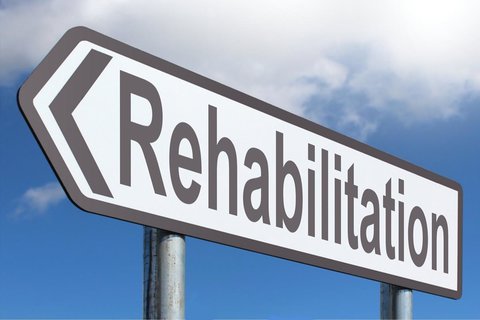
The Good Lives Model (GLM; Ward, 2002) is a holistic and strengths-based approach to offender rehabilitation. It assumes that all humans have overarching needs that they have to fulfil to have a meaningful life. In this project, Jaimee Mallion interviews incarcerated gang members and applies the Good Lives Model to understand offender rehabilitation.
About
The Good Lives Model (GLM; Ward, 2002) is a holistic and strengths-based approach to offender rehabilitation. It assumes that all humans have overarching needs that they have to fulfil to have a meaningful life.
Offending occurs in an attempt to meet these needs when experiencing personal difficulties (e.g., internalised prejudice, emotional/mental health issues, and impulsivity) and disadvantaged environments (i.e., antisocial peers, marginalisation, and unemployment).
The GLM has not previously been examined to street gang membership, so to assess this, this research involves interviewing incarcerated street gang members.
The findings have important implications for governmental policies and social management.
Research objectives
• Examine the applicability of the GLM to street gang members
• Identify which overarching needs individuals’ are trying to fulfil through their street gang membership
• Assess factors increasing risk of joining a street gang (including internalised/external prejudice)
Impact
• GLM consistent interventions assist individuals in achieving a meaningful and fulfilling life (without relying on offending behavior), by helping overcome any internal or external difficulties. This would include reducing any internalised prejudice.
• Rather than seeing offenders as a bundle of risk factors, the GLM emphasises that offenders have the same needs as everyone (including non-offenders). This aids in reducing any overt or covert prejudices that practitioners may have (Ward, Gannon, & Birgden, 2007).